Rice prices on the international market have fallen to their lowest level in eight years (Photo: Kyodo/VNA)
International rice prices have fallen to their lowest level in eight years, putting heavy pressure on farmers in many Asian countries.
The reason is that output continuously sets records and India - the world's largest rice exporter - lifts its export ban, causing a surplus supply.
According to the latest data, the price of Thailand’s 5% broken white rice – the global benchmark – is currently at approximately $372.50 a tonne, down 26% from the end of 2024 and at its lowest since 2017. The decline began in September 2024, when India gradually eased export restrictions after a record harvest in 2023-2024, causing government inventories to surge.
The United Nations Food and Agriculture Organization (FAO) said the global rice price index has fallen 13% since the beginning of this year.
“There is simply too much rice in the warehouse,” said Samarendu Mohanty, director of the Centre for Sustainable Agriculture and Development Research (Telangana State Agricultural University, India).
“Last year, India’s rice production was a record. And the crop that has just been planted will be a new record,” he said.
The sharp drop in rice prices marks a sharp reversal from early 2024, when the commodity surged to its highest level since 2008, following India's export restrictions, which led many countries to rush to stockpile and adopt protectionist policies.
At the same time, import demand has weakened significantly. Indonesia, one of the world’s largest rice buyers, bought heavily in 2024 and has not returned to the market since the beginning of this year. The Philippines has also suspended imports until October 2025 to protect domestic rice prices during the main harvest season.
Mr. Oscar Tjakra, an expert from Rabobank, said that in addition to India, large supplies from Thailand and Vietnam also contributed to bringing global rice output this crop year to a record level.
While low prices hurt farmers – especially in countries without support policies like India – consumers in importing countries benefit as food costs fall, helping to cool inflation.
Mr. Mohanty predicts that rice prices could fall another 10% due to the lack of buyers. As of May 2025, the Indian government’s stockpile is estimated to contain about 60 million tons of rice – 15 million tons higher than the multi-year average. To clear the stockpile before the new harvest, the Indian government has been selling on the domestic market and even diverting some of the rice into ethanol production at below consumer prices.
“We are entering a period of low commodity prices, and I don’t see this trend reversing for at least the next two years – barring a war or some other major shock,” said Mr. Mohanty./.
According to Vietnam+
Source: https://www.vietnamplus.vn/nguon-cung-du-thua-gia-gao-the-gioi-roi-ve-muc-day-8-nam-post1054844.vnp
Source: https://baolongan.vn/nguon-cung-du-thua-gia-gao-the-gioi-roi-ve-muc-day-8-nam-a200425.html







![[Photo] Prime Minister Pham Minh Chinh launched a peak emulation campaign to achieve achievements in celebration of the 14th National Party Congress](https://vphoto.vietnam.vn/thumb/1200x675/vietnam/resource/IMAGE/2025/10/5/8869ec5cdbc740f58fbf2ae73f065076)

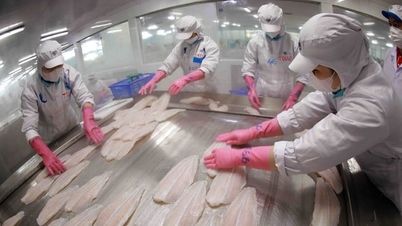



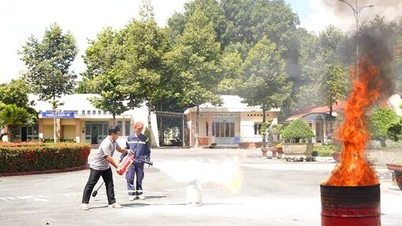
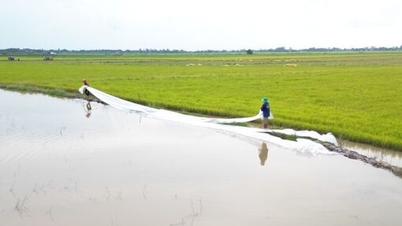


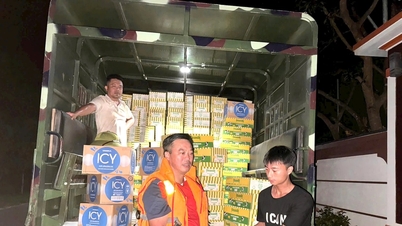

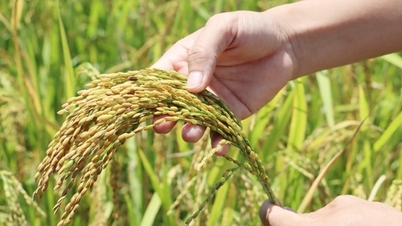

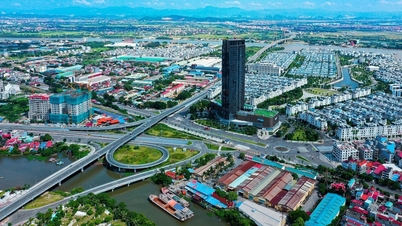



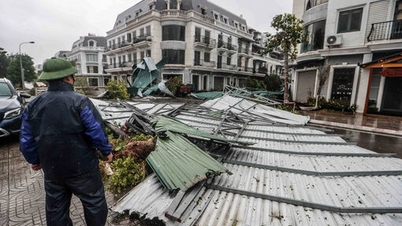
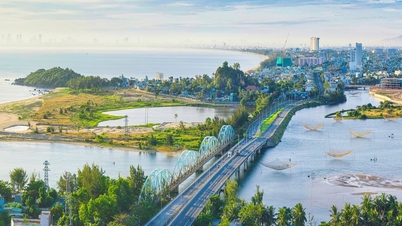





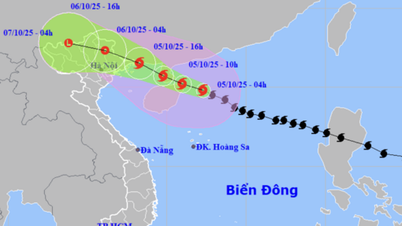



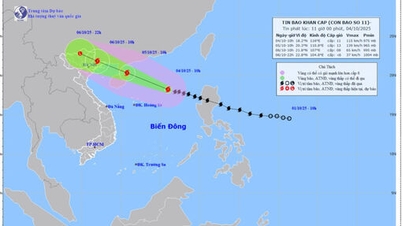

![[Photo] Solemn opening of the 8th Congress of the Central Public Security Party Committee, term 2025-2030](https://vphoto.vietnam.vn/thumb/1200x675/vietnam/resource/IMAGE/2025/10/4/f3b00fb779f44979809441a4dac5c7df)
![[Photo] Bustling Mid-Autumn Festival at the Museum of Ethnology](https://vphoto.vietnam.vn/thumb/1200x675/vietnam/resource/IMAGE/2025/10/4/da8d5927734d4ca58e3eced14bc435a3)
![[Photo] General Secretary To Lam attends the 8th Congress of the Central Public Security Party Committee](https://vphoto.vietnam.vn/thumb/1200x675/vietnam/resource/IMAGE/2025/10/4/79fadf490f674dc483794f2d955f6045)
























![[VIDEO] Summary of Petrovietnam's 50th Anniversary Ceremony](https://vphoto.vietnam.vn/thumb/402x226/vietnam/resource/IMAGE/2025/10/4/abe133bdb8114793a16d4fe3e5bd0f12)

![[VIDEO] GENERAL SECRETARY TO LAM AWARDS PETROVIETNAM 8 GOLDEN WORDS: "PIONEER - EXCELLENT - SUSTAINABLE - GLOBAL"](https://vphoto.vietnam.vn/thumb/402x226/vietnam/resource/IMAGE/2025/7/23/c2fdb48863e846cfa9fb8e6ea9cf44e7)














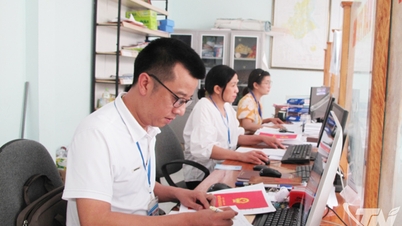



















Comment (0)